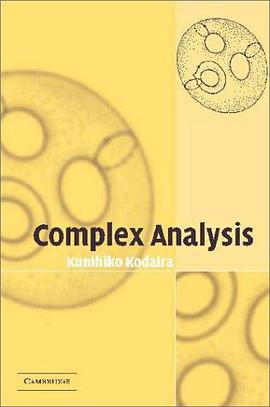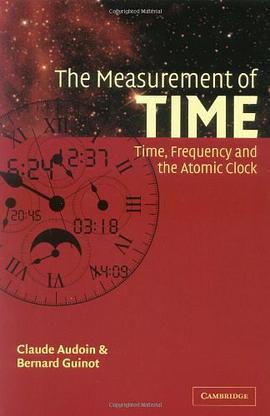

What do we learn if we look in parallel at the past of two distinct parts of the world? Anne Haour weighs this question by considering both the central Sahel of West Africa and the European countries around the North Sea, for the period 800-1500. This is a time for which historical records are scarce, and to which archaeology is making ever-increasing contributions. It is also, and foremost, a time when the central Sahel and northern Europe alike were undergoing far-reaching changes that were to define key aspects of their identity today. New monotheistic religions were replacing the animist faiths, states and empire becoming consolidated, new trading networks being set up, new towns emerging, fortifications being erected as symbols and in defence against raiders and invaders. Do these elements of convergence mean that we can unpick much wider themes of similarity between northern Europe and Sahelian West Africa? This volume's central argument is that we can understand one area better by seeking inspiration from another. There is much talk by researchers today of the value of comparative approaches and cross-cutting studies; this book puts them to the test. Lucid and thought-provoking, this book will be of interest to scholars and students, historians and archaeologists, West Africanists and Europeanists.
具体描述
读后感
评分
评分
评分
评分
用户评价
相关图书
本站所有内容均为互联网搜索引擎提供的公开搜索信息,本站不存储任何数据与内容,任何内容与数据均与本站无关,如有需要请联系相关搜索引擎包括但不限于百度,google,bing,sogou 等
© 2025 book.wenda123.org All Rights Reserved. 图书目录大全 版权所有




















